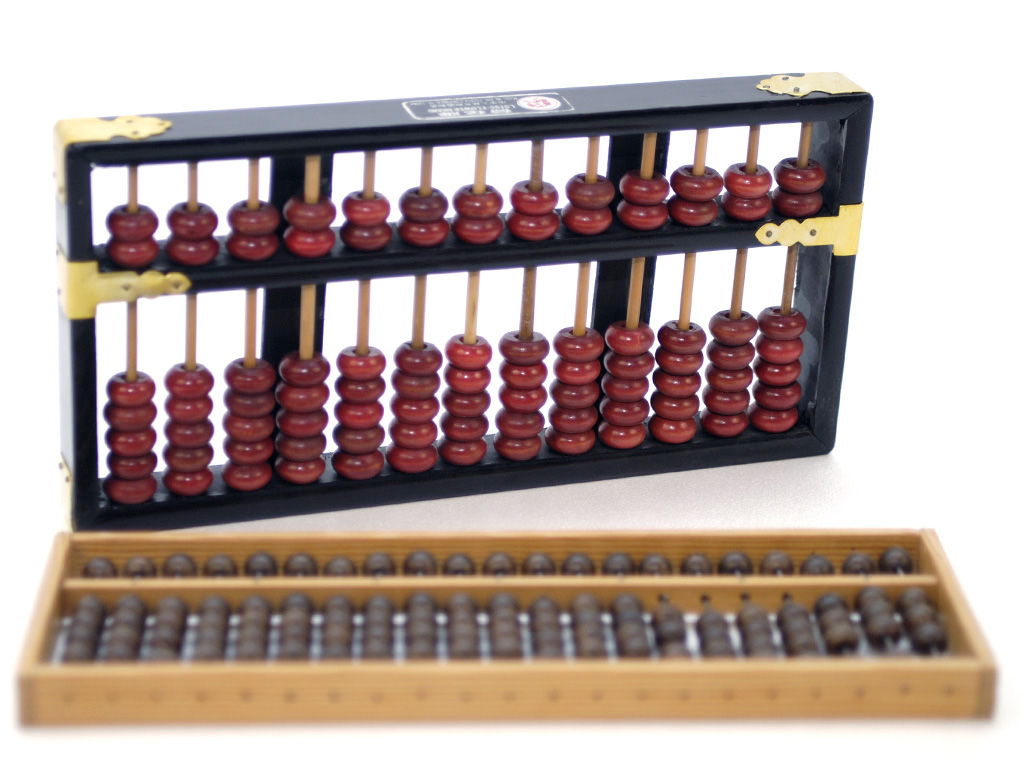

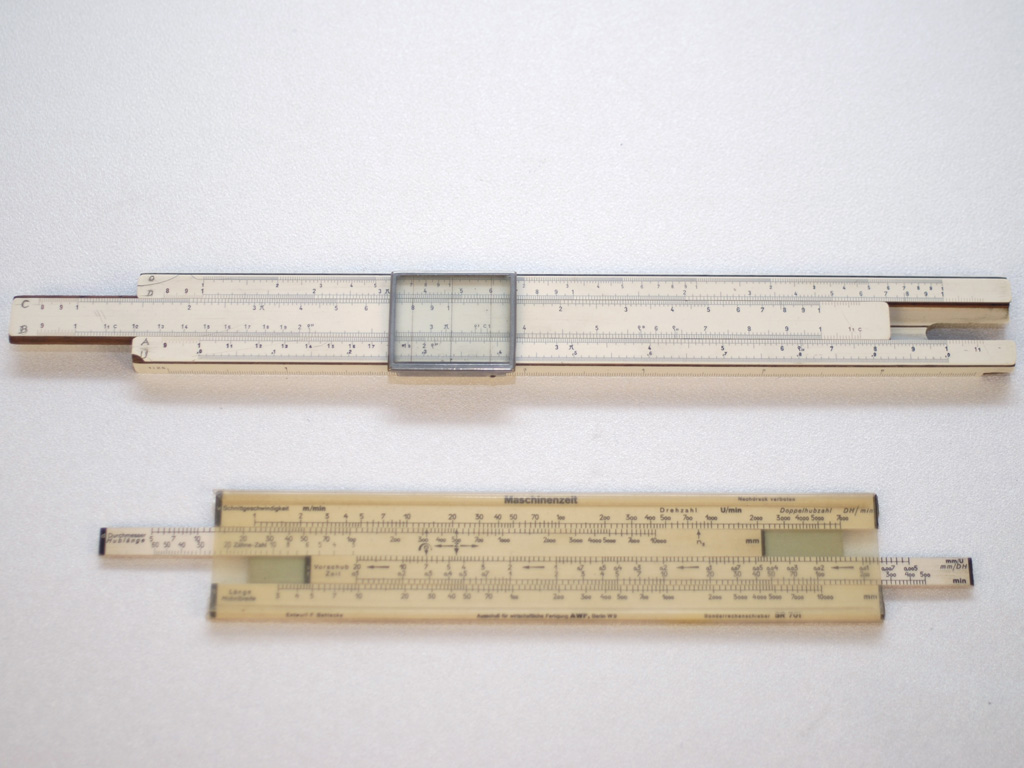
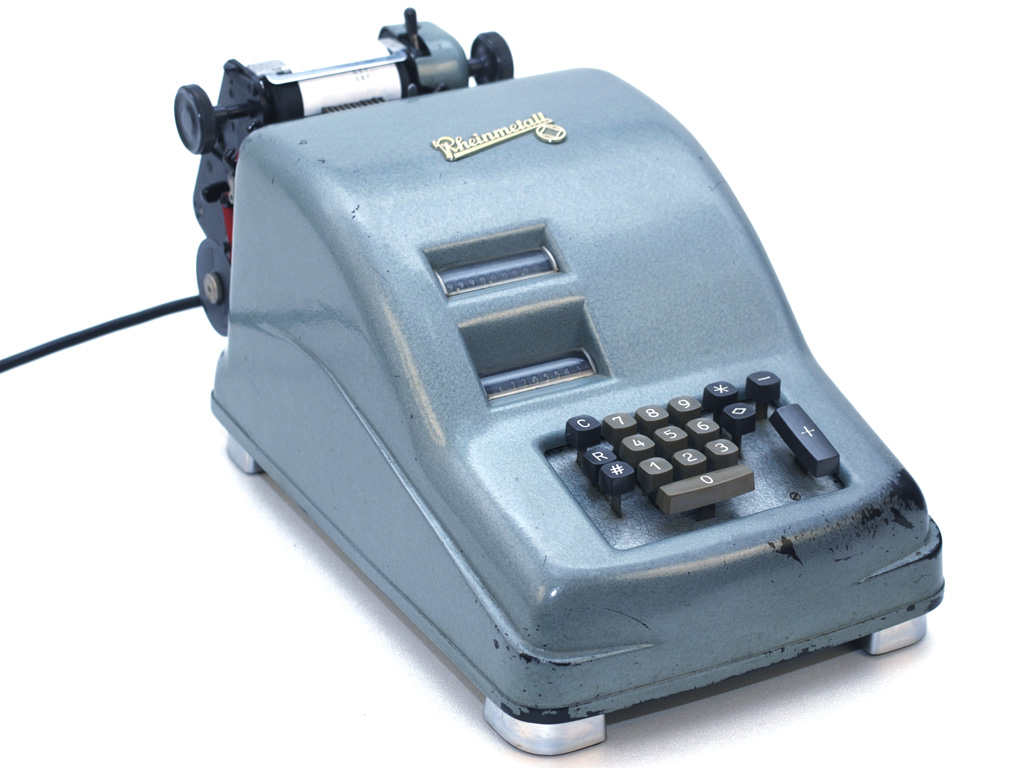
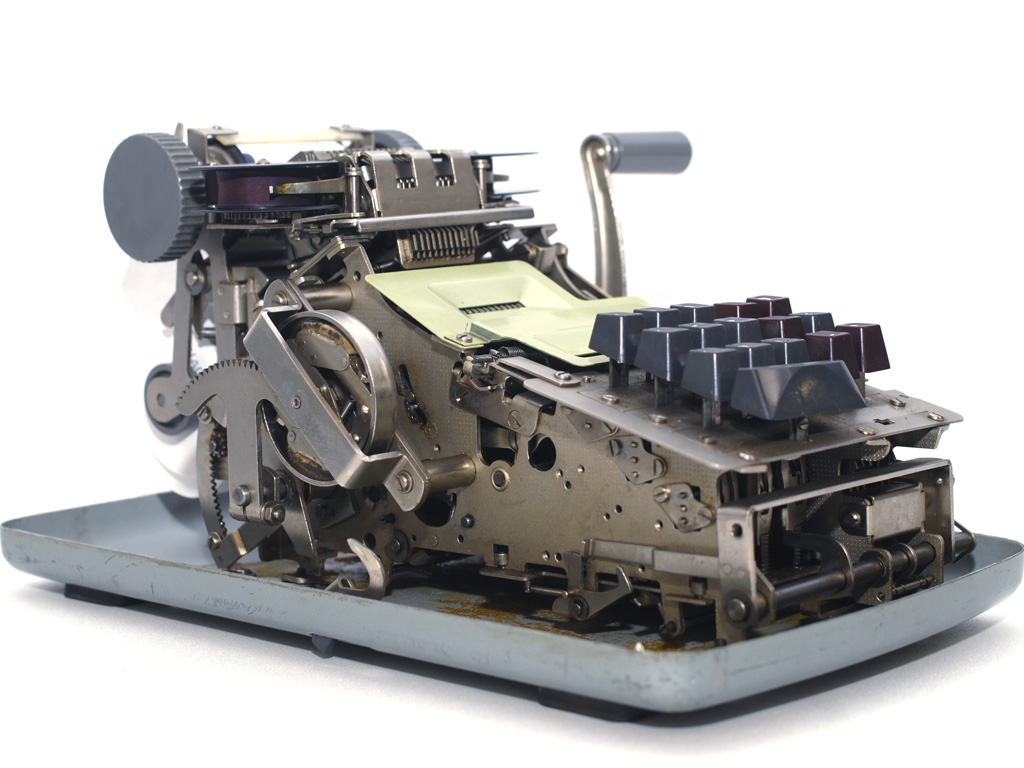


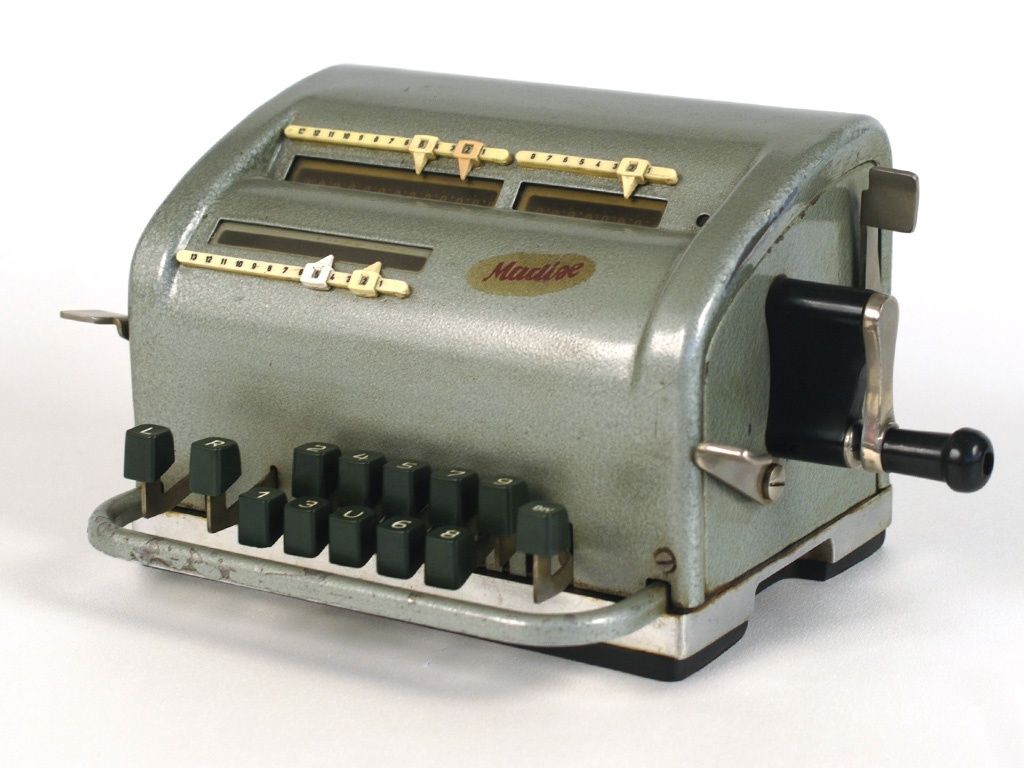
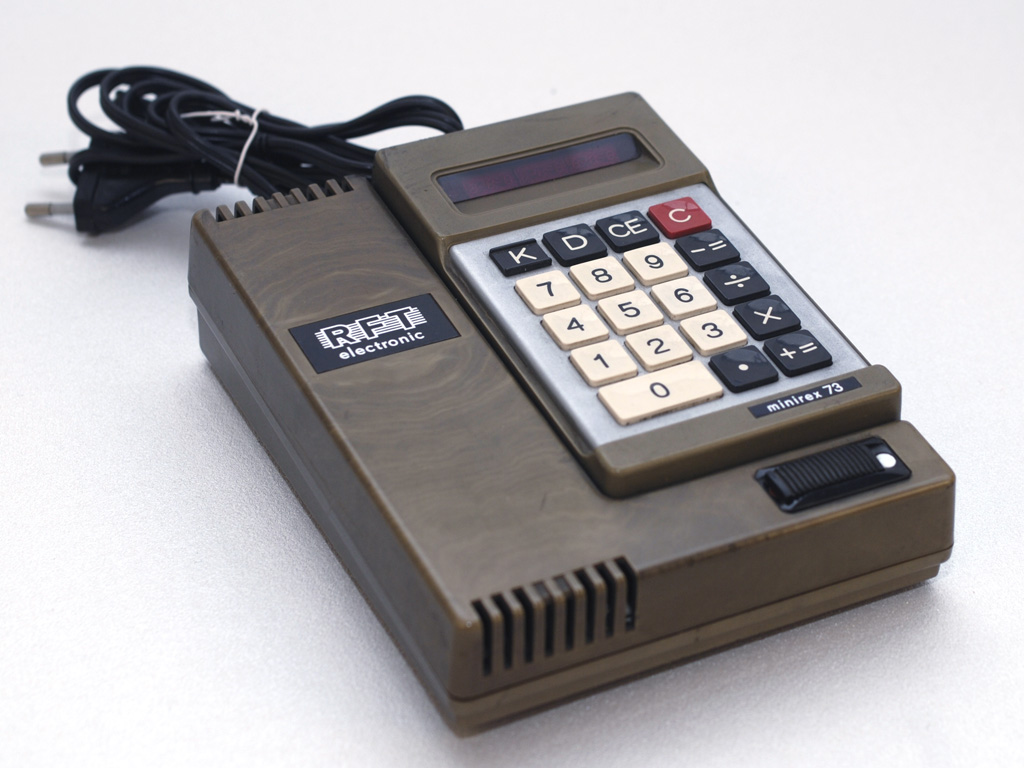


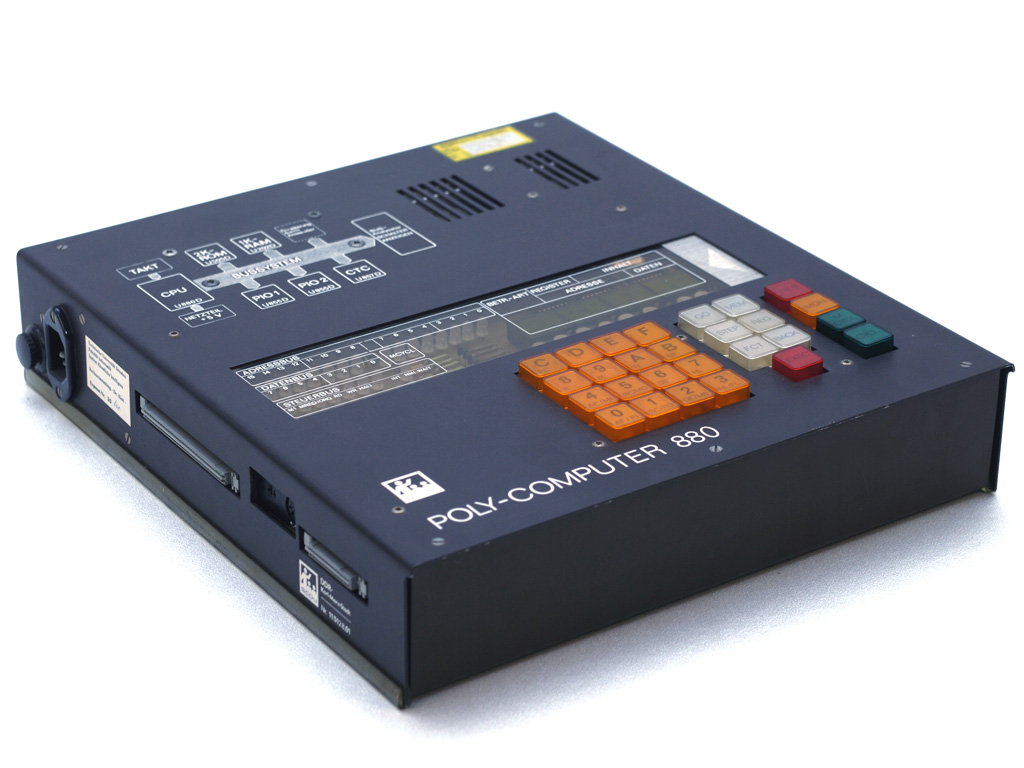
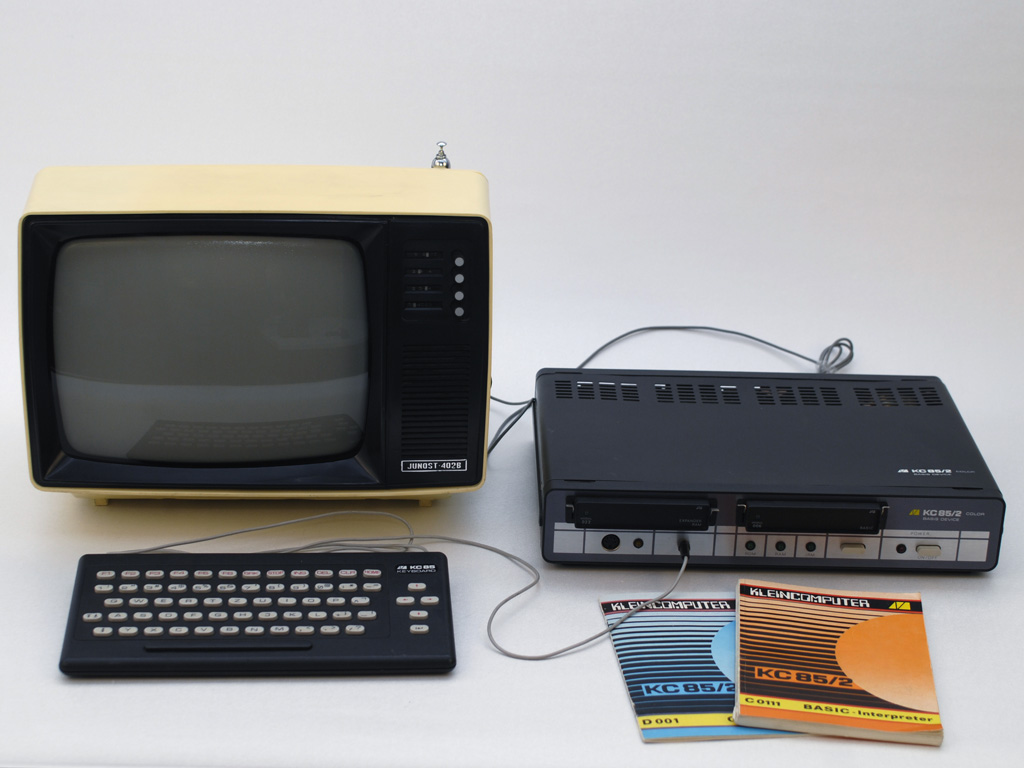
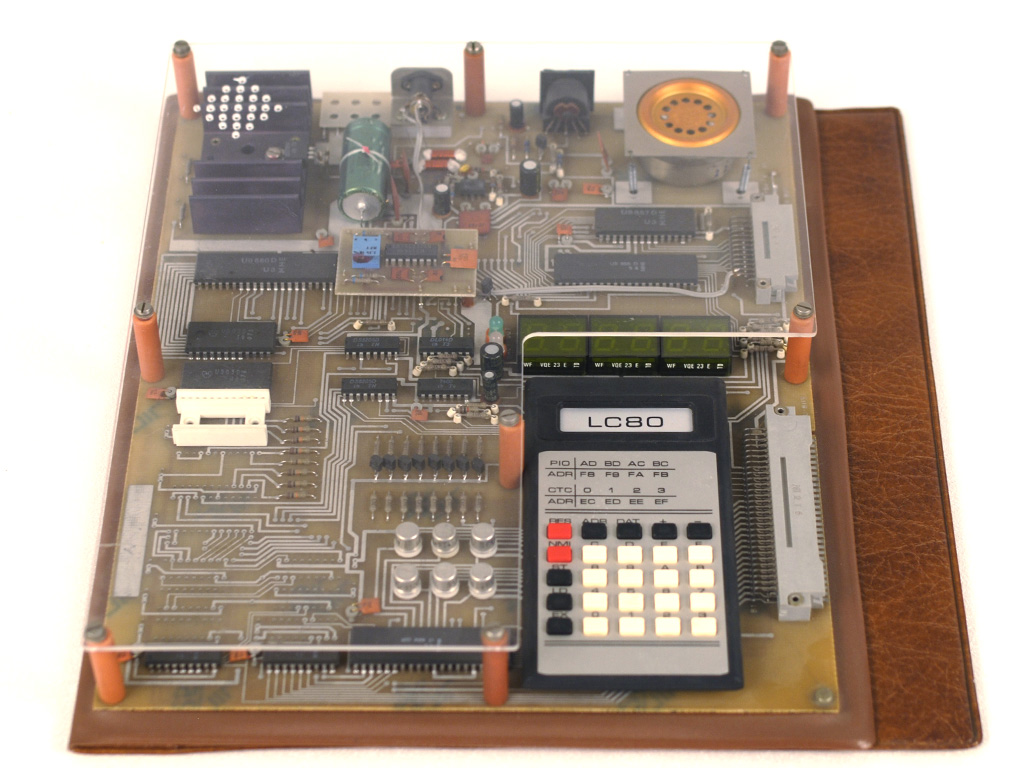
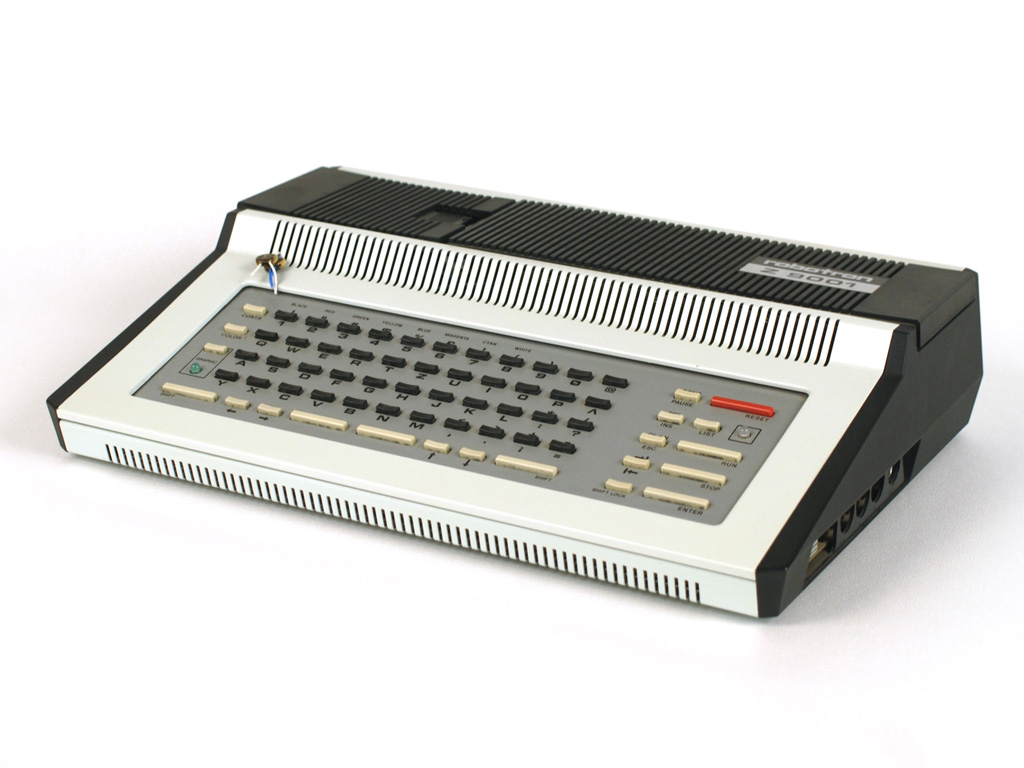
A 'Abakus' is a 3000 year old mecanical calculating device. It includes balls, normaly from wood or glas.This device allows the ralisation of the four basic calculating modes: addition, subtraction, multiplication and division and the solving of square and qubic roots. Higher calculating modes were not simply realizable with the roman number system.Thats why in the roman empire a slightly different Abakus existed a slightly different Abakus.

The Abakus was invented about 1100 BC and was improved by the japanese about 1600 AD. The Abakus was used from ancient times till the16th century. Since the 17th century it were displaced by the mechanical calculator. Today it is used as toy for kids or as calculating device for blinds in europe. Therefore in eastern countries from Asia Minor to China used as calculator for small buissness as well.
The common forms are the roman Abakus, the chinese Sanpan, the japanese Soroban the the russian Stschoty.
By applycation of the Abakus, Numbers were calculated by addition of positive or negative numbers, by displaing the sum as solvation of the calculation. Bei lerning how to calculate with the Abakus it is important to know, how to display correspondating positive or negative number for every numer (0 – 9) of the addition. In the result of training with the Abakus it is possible to enter the numbers even faster than on a electronic calculator. The lackof time by using the Abakus is only by addition and subtraction significant, how it is used in the common trade.
Multiplication, division and the calculation of roots are reduced, like in other mechanical calculators, by multiple applying of addition and subtraction.